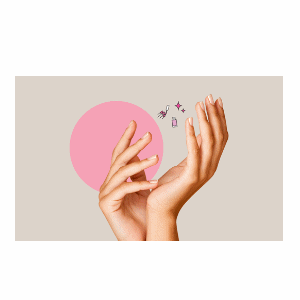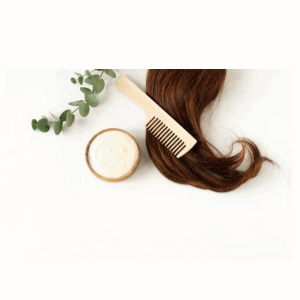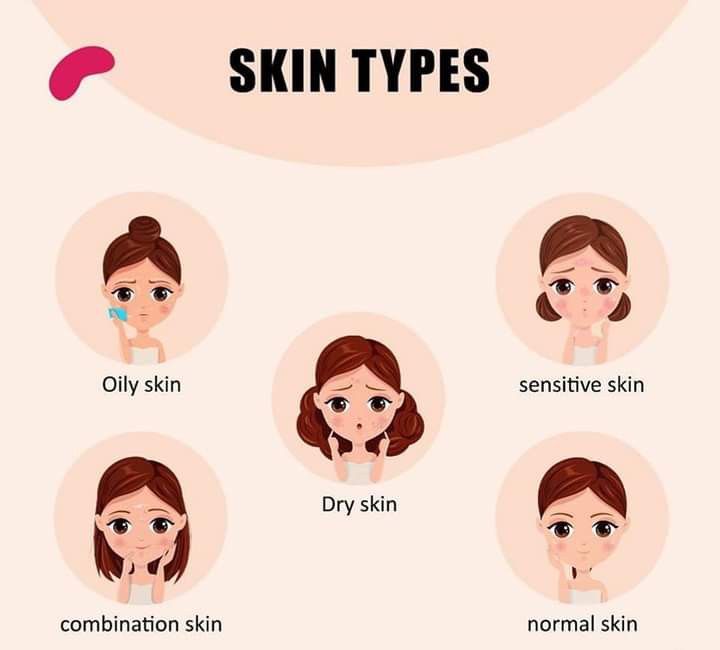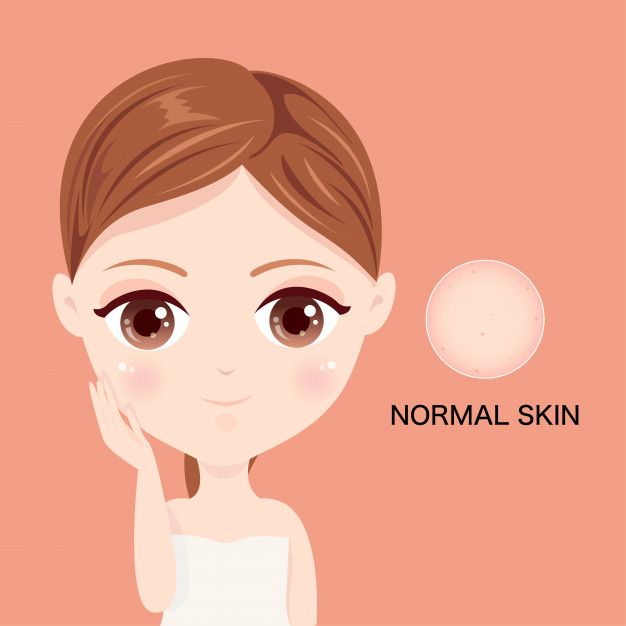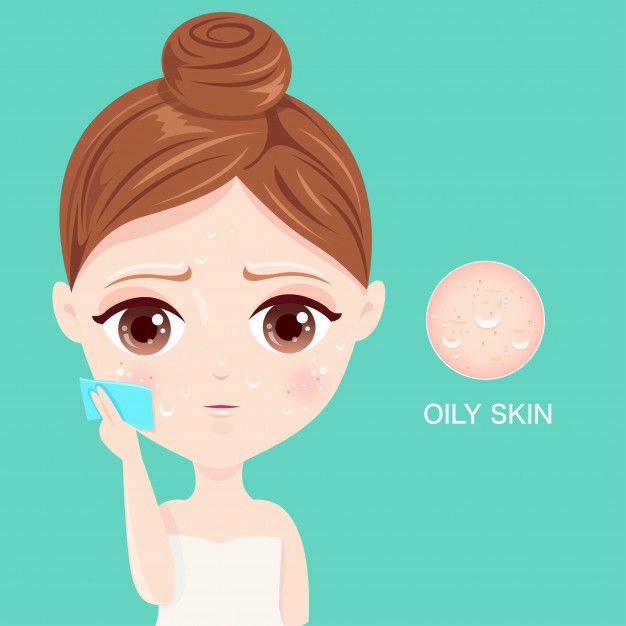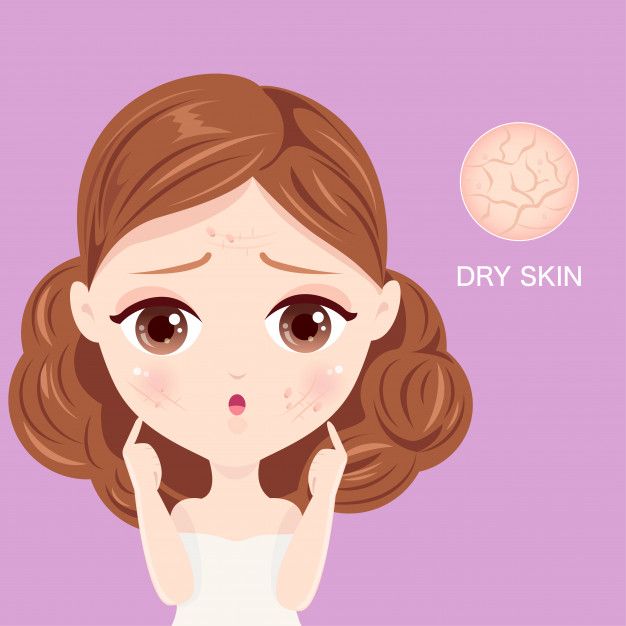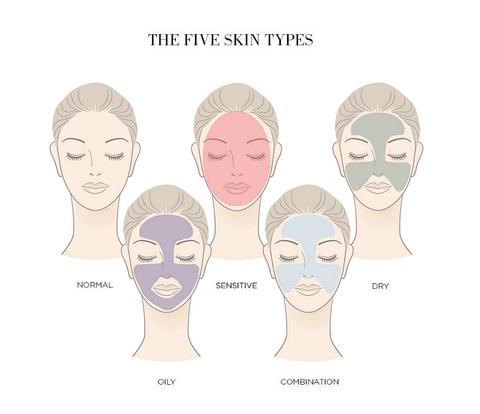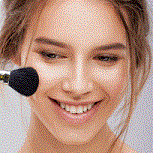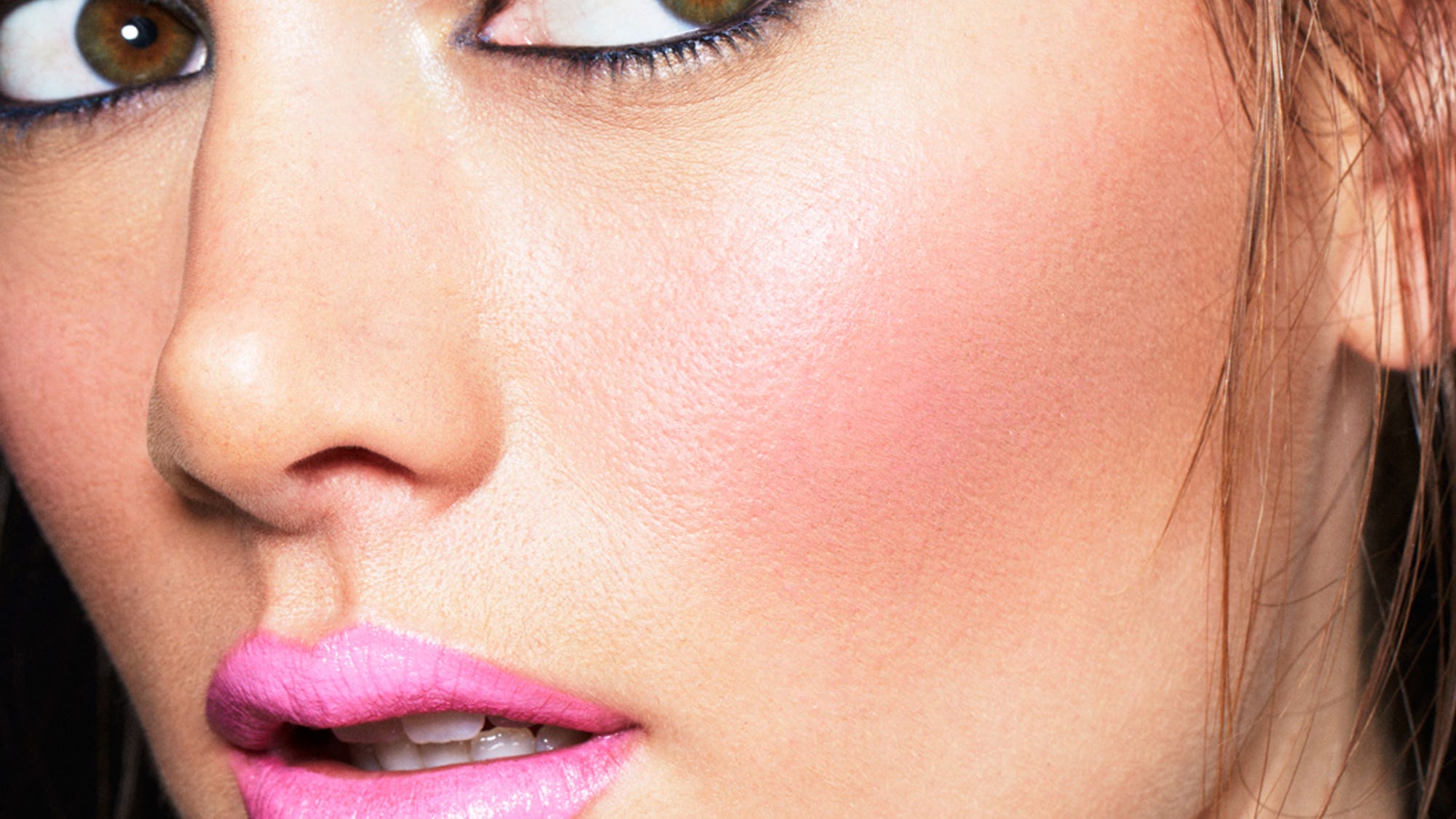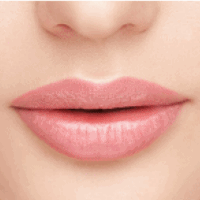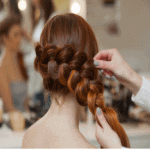How to get long, strong and beautiful nails?
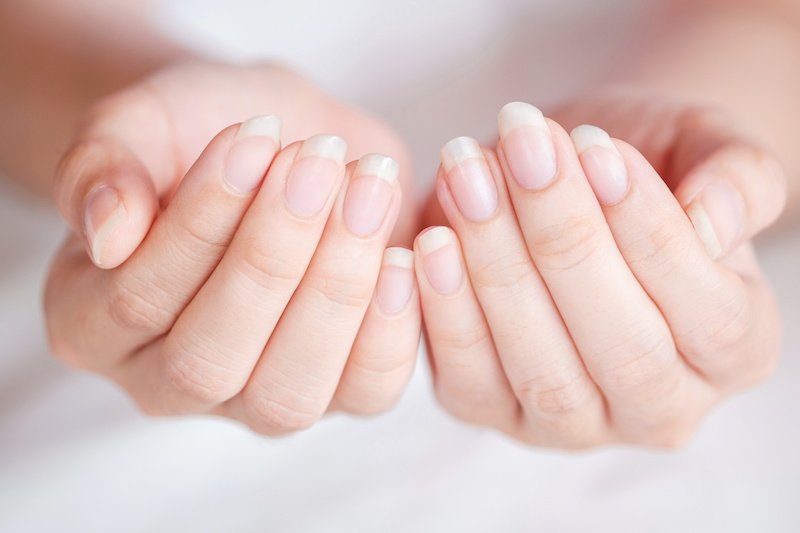
Who doesn’t appreciate long, well-kept nails?
Especially now, when decorative nails and nail arts are so popular.
But, above all, we must remember that the hot climate necessitates extra care to keep our nails healthy.
The world is once again seeing an increase in the number of Covid19 cases, and we must keep our hands clean and adhere to all hygiene practises.
Maintaining nail hygiene is also critical, as excessive sweat can lead to the accumulation of fungus that causes infections.
Many people are unaware of the damaging effects of UV rays on nails, but exposure to UV rays and saline water can cause the nails to chip.
1.Tips to keep nails healthy in summer:
Summer means more tanning, and to avoid it, we tend to wear gloves/socks, which can lead to sweat accumulation, which is one of the causes of fungal infections. In the hot summer months, nails are more likely to harbour such infections.
We must keep our hands and feet dry in order to improve nail health.
Summer activities include gardening and swimming, so excessive hand washing can dry out our hands,& regular moisturising.
Keep your hands moisturised throughout the day to have soft, glowing hands. Moisturizers also provide a protective shield against UV rays.
Brittle nails can result from dehydration.
Keeping our bodies hydrated is essential for keeping our nails healthy and toxins at bay. To stay hydrated, drink plenty of water and liquids.
Summers can lead to tanning, which is one of the reasons we get manicures and pedicures more frequently.
These can strip our natural oils, which we can avoid by using moisturising lotions containing coconut/jojoba oil.
Nail breakage and infection can be exacerbated by poor nutrition, ageing, and dehydration.
To avoid this, keeping your nails filed and trimmed, as well as eating a wellbalanced diet rich in Omega 3 fatty acids, can help you maintain healthy, strong nails.
Another tip for staying healthy during the summer is to keep them short because they are easier to maintain and have fewer edges that can break.
2. How to get rid of nail problems in summer season?
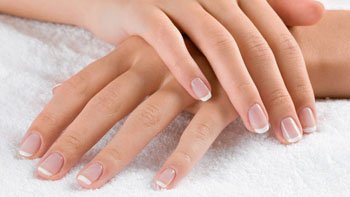
Strong and beautiful nails are essential for enhancing every girl’s personality and beauty.
Here are some important nail care tips to avoid summer nail problems:
1. Healthy diet:
The most important tip for avoiding nail problems during the summer season is for women to eat a healthy diet.
Diet is regarded as the most important factor in achieving beautiful nails. Many nail problems are caused by an unhealthy diet, including brittle nails, vertical nails, horizontal nails, darkened nails, splitting nails, and various abnormalities in nail colours.
Women who want to avoid nail problems during the summer should increase their intake of vitamin C and calcium.
2. Air conditioning:
Women should be aware that air conditioning can cause brittle nail surfaces, which is an important tip for proper nail care or avoiding nail problems during the summer season.
3. Avoid nail paints:
Nail polish can sometimes give human nails a pale yellow hue.
In the summer, it is recommended that women apply two layers of nail polish along with base coats and use lighter colours such as sky blue and pink to enhance their beauty.
4. Rubbing cuticles and moisture nails:
Scraped cuticles are another important tip for avoiding nail problems during the summer season.
Human skin dries out in pool water during the summer.
As a result,it is recommended that women apply moisture balms prior to diving.
The best and simplest nail tip is for women to soak their nails in a half cup of milk for nearly 20 minutes before massaging them with natural olive oil.
Finally, these are some simple and easy ways to avoid nail problems during the summer season.
Aside from these suggestions, women should apply best sunscreen lotion to their nails before going out.
3. Taking care of your nails in summer is compulsory. But why?
Some people’s nails are extremely rough. They not only look bad, but they also break easily. Despite their best efforts, many people’s nails do not grow.
The reason for this is that people pay a lot of attention to skin and hair care every season, but not to nails.While nail care is just as important as skin and hair care.
Today, we’ll show you how to care for your nails in the summer so that they stay strong and shiny. Please notify us of this.
1. Take occasional breaks from nail polish:
Some people constantly apply nail polish to their nails.
This is detrimental to the health of the nails.
In fact, there are numerous chemicals in nail polish that cause damage to the nails because they are constantly on the nails.
It is necessary to take a break from nail polish from time to time.
As a result, remove the nail polish every fifteen to twenty days and leave the nails bare for two to three days.
2. Keep your nails clean:
Dirt begins to accumulate in the nails as a result of dust and soil while working and in the summer, affecting the health of the nails.
This is why it is critical to clean your nails once a week.
To do this, mix shampoo with water and soak your nails init for a few minutes.
Clean the dirt that has accumulated inside and around the nails with a brush and a nail cutter.
3. Keep your nails moisturised:
It is also necessary to moisturise the nails in order to prevent dryness and retain moisture.
Massage your nails with cuticle oil for five minutes before bedtime to achieve this. This will not harm your nails.
4. Strengthen the nails:
If your nails break frequently, massage them with coconut oil for five minutes every night before sleeping to strengthen them. t contains a lot of nutrients, so your nails will be stronger and more shiny as a result.
4. Summer nail care tips to make them more beautiful:
Summer has arrived, and it’s time to take care of those lovely nails.
We often don’t realise how much punishment our nails have to endure in order to serve their purpose protecting our soft fingertips and making our hands look nice.
Here are some simple nail care tips to help you look great this summer.Goes without saying that having healthy and neat nails is important.
You’d be surprised how many people notice your nails, whether you’re making hand gestures or shaking someone’s hand they’re taking notes.
As summer approaches, the gloves (literally) come off, and it’s time to welcome the season in style, nails included.
1. Whether to cut or not to cut:
To achieve those flawless nails, most of us remove our cuticles. Instead of making our nails less attractive, nail cuticles protect us.
They keep bacteria from spreading and causing damage to our nails.
Applying a cuticle remover lotion and pushing them back with a cuticle stick is the best way to treat nail cuticles.
Many people overlook nail care, so keep this in mind.
2. Paint all of them:
Can’t get enough of nail art, can we?
Do you match your nail polish to your outfit every day?
Using too much nail polish in the summer can dehydrate your nails. It’s not good for your nails!
Using light polishes during the summer not only keeps your nails looking cool, but it also keeps them from absorbing heat from the sun.
3. Sun and fun:
Excessive sun and UV exposure during the summer can harm not only your skin but also your nails.
The simplest way to protect your nails from the sun is to apply sunscreen to your hands before going outside.
Applying cuticle oil to your nails and leaving them overnight will keep them hydrated all summer.
4. Be sure to use the moisturise:
We use hand sanitizer all day long without thinking twice about the potent chemicals they contain, which can dry out our nails.
The best way to protect our hands and nails from such chemicals is to moisturise them immediately following the use of a sanitizer.
Put a quality hand moisturiser in your daily bag to keep your nails hydrated, strong, and healthy.
5. Have strong nails:
You need to start eating a healthy diet and take more calcium if you want healthy nails.
Try drinking milkbased smoothies and milkshakes to help your diet contain more calcium instead of gulping down sodas or other fizzy beverages.
6. Nail care supplements:
To have those long, flawless nails, we will do almost anything.
If you need a quick fix because you are sick of trying all the DIY nail care remedies and weak, short, and brittle nail then taking extra biotin can help your nails grow more quickly.
7. Eliminating nail polish:
Do you regularly pamper yourself at the salon with a manicure or pedicure for your nails?
Would you prefer to constantly experiment with different nail colours?
Your nails can become damaged if you use nail polish removers and nail polish frequently that contain acetone.
A great way to remove nail polish while preserving the moisture in your nails is to switch to oilbased nail polish removers.
5. What are the basic signs of healthy nails?
How are my nails doing?
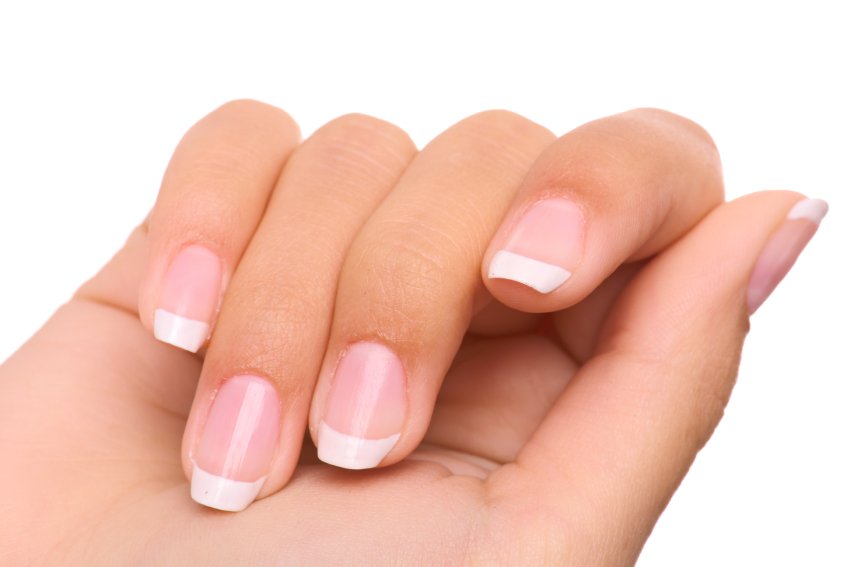
Even though you probably don’t ask this question very frequently, it is nonetheless crucial.
Maintaining healthy nails not only ensures that they look good, but can also enable you to spot other health issues within your body.
Knowing how to determine whether your nails are healthy can be very important because they can be a good sign of your general health and wellbeing.
Find out how to recognise healthy nails by reading on.
1. No ridges can be seen on your nails:
Are your nails flat and smooth, or are they beginning to have ridges?
In order to understand what your ridges are telling you, you must first determine whether they are vertical or horizontal.
A lack of vitamins may be indicated by vertical ridges.
They are more prone to splitting or breaking because of the lines that run from the tip to the cuticle.
This is frequently caused by a deficiency in iron, protein, calcium, zinc, or even vitamin A. It may also occasionally signify a digestive disorder.
2. The length of your nail is lovely:
Long nails are typically strong nails.
Your nails are probably strong and healthy if they can maintain their length without cracking, breaking, or splitting.
To keep them in good condition and troublefree, these need to be well-cared for.
3. The color of your nails is appropriate:
A number of factors influence the colour of your nails.
Although you might assume they are all pink, changes in colour can point to a variety of nail issues.
Things are looking good if your nails are a soft pale pink.
Test them by applying pressure to them and observing how quickly the colour returns to check the blood.
4. Blemish free nails:
You might believe that spots only appear on your face, but have you also noticed any on your nails?
Your nails may occasionally develop white spots, which could indicate a vitamin deficiency.A recent nail injury can also result in white spots.
5. You have perfectly straight nails:
If your nails are healthy they will typically be quite straight.
However, if they start to appear scooped out, you might have spoon nails.
Make sure you seek medical advice because this is a really obvious nail curve that could even contain a drop of water
6. How can i make my nails naturally strong?
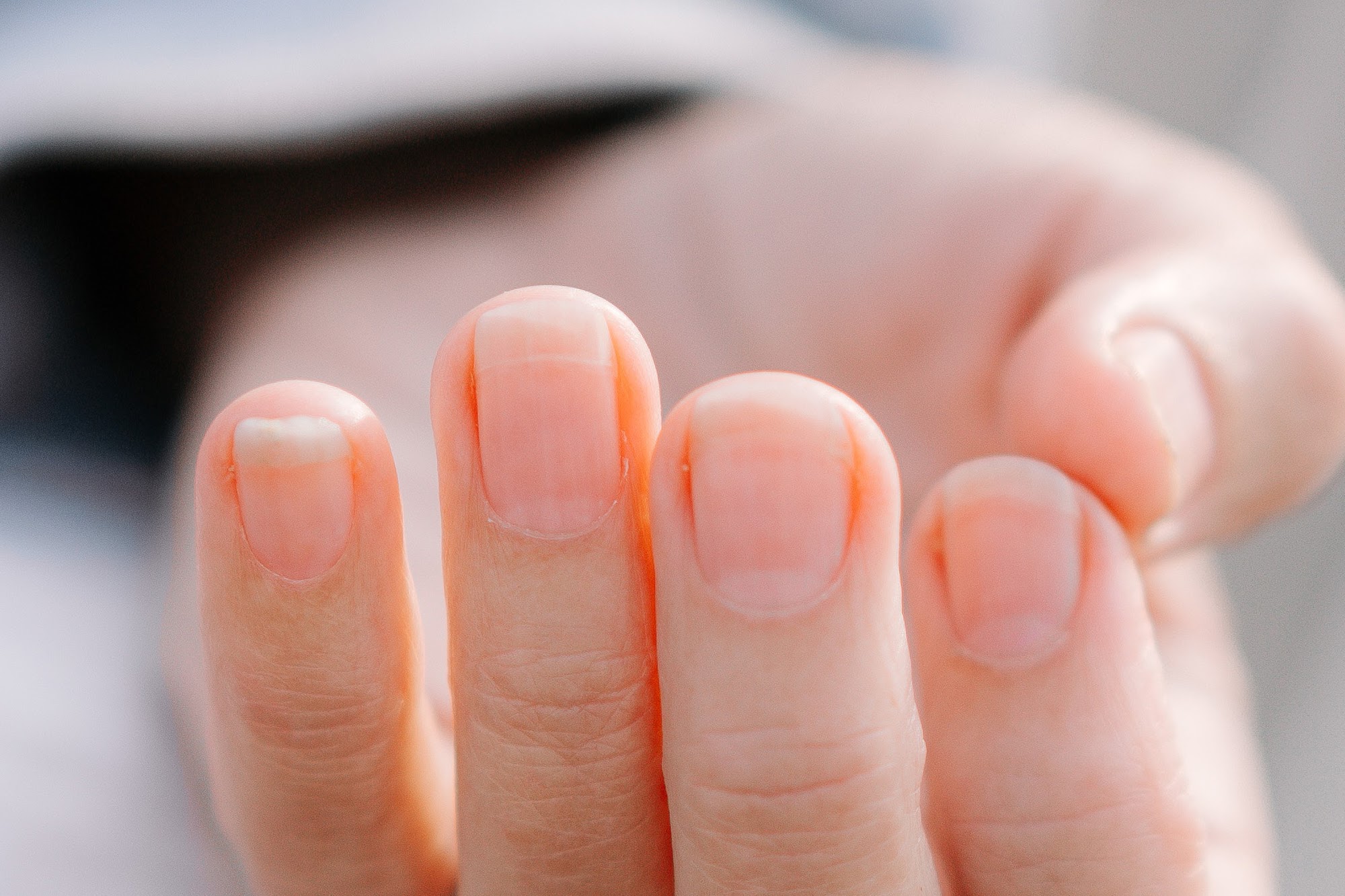
Do you desire strong, long nails? Who doesn’t, then?
Getting the nails of your dreams is not simple. It’s not like, though.
A few tricks and tips can make it easier to grow nails that are both attractive and strong. Here are some pointers you can use.
1. Lemon juice🍋:
Nail growth is thought to benefit significantly from vitamin C.
Simply rub a lemon wedge on your finger and toe nails at least once per day. All you need is one.
After five minutes of rubbing, thoroughly rinse it with warm water. It will promote nail growth and keep your nails clean and free of bacteria.
2. Coconut oil🥥:
Warm coconut oil applied to your nails can encourage nail growth.
Vitamin E is abundant in coconut oil, which is also a great source of antioxidants.
You’ll soon notice a difference if you massage coconut oil into your fingernails every night before bed.
3. Orange juice🍊:
Oranges aid in the synthesis of collagen.
Collagen is a vital substance that contributes to the vitality of nails and aids in nail growth.
Oranges’ antiinflammatory qualities also prevent infection
For about ten minutes, soak your nails in a bowl of orange juice.
Rinse it with warm water and apply effective moisturising.
For best results, try to do this at least once per day.
4. Olive oil:
Olive oil is the best option if you have weak, damaged nail.
Olive oil can penetrate your nails’ inner layer with ease, calming it and curing it of all dryness.
Additionally, it promotes blood flow and promotes nail growth. Gently warm some virgin olive oil.
For about five minutes, gently massage your cuticles and nails with warm virgin olive oil.
Put gloves on your hands and leave it alone all night.
5. Reduce the use of acrylic and gel nails:
Acrylic, gel, and nail art are all attractive.
However, these acrylic and gel nails stop your nails from growing and strengthening.
It’s acceptable to occasionally get your nails painted with acrylic or gel.
However frequent use of gels acrylics and nail art damage the strength and expansion of your nails.
6. Take in biotin:
The vitamin with the most power for growing hair &nails is biotin.
You can choose to eat foods high in biotin like bananas avocados in your diet along with taking biotin supplement.
7. Consume a lot of greens🥬🥦🥒🥑:
Folic acid, also known as vitamin B9, is abundant in leafy vegetables, particularly spinach, and it helps to strengthen and speed up nail growth.
You can grow your nails longer and stronger by eating some greens once a day.
8. Employ eggshells:
Eggshells’ additional calcium contributes to the strength of your nails.
Egg shells are taken, cleaned, ground into a paste, and then added.
The paste can then be applied to your nails, and you can wait a while for it to dry. This kit will promote nail growth.
9. Use honey 🍯:
Honey can help keep your nails and cuticles nourished and flexible while preventing bacterial and fungal growth.
By combining two teaspoons of honey and a few drops of lemon juice, you can make a honey and lemon nail mask.
Leave it on for 15 to 20 minutes after massaging it into your nails. Clean off completely.
10. Licorice oil/ garlic:
Selenium, which is abundant in garlic, aids in the growth of nails. Apply some minced garlic to your fingernails.
If you find that to be too strong, you can make your own garlic oil. As a nail mask, apply this garlic oil. Every week, give it a try.
7. How can you grow your nails faster?
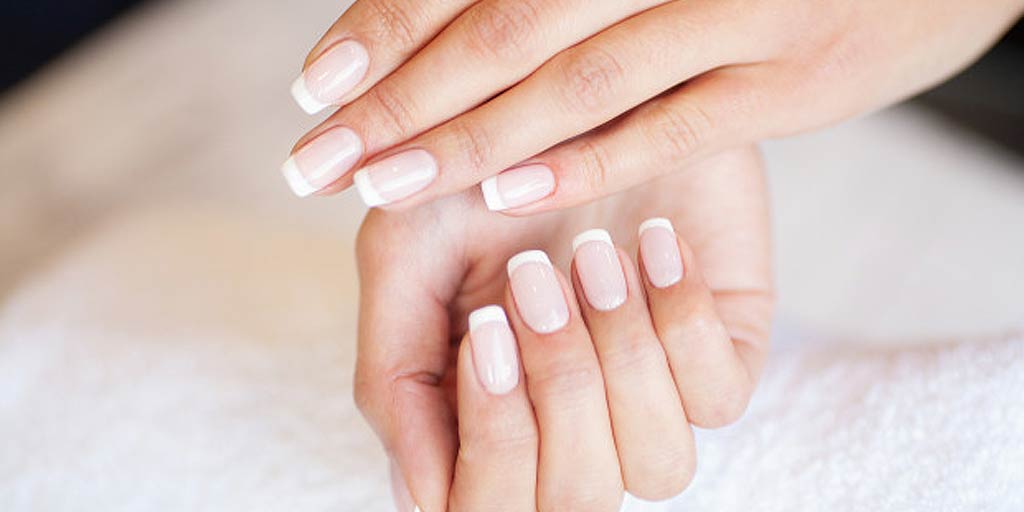
For most women, having beautiful, long, strong nails is the stuff of dreams.
The excitement of experimenting with novel nail polishes, nail art, and anything sparkly on perfectly manicured nails is indescribable.
Do you get jealous of your friends’ gorgeous nails?
It can be agonisingly painful to wait for beautiful, healthy nail growth.
Nail problems are a common problem for girls.
Whether they are weak, brittle nails or ones that grow too slowly and lack shine.
You’ve come to the right place if you’ve been struggling with similar issues and want your healthy, long nails to grow more quickly.
Painting won’t stop nails from growing because the nail tissue is already dead by the time it is long enough paint.
The idea that putting vitamins directly on the nails will encourage growth is also untrue. These cures are unlikely to be effective.
In the best case scenario, they reinforce the nail and keep it from breaking.
No particular type of polish, like a gel or powder, can strengthen nails. In fact, some products, especially those that call for abrasive removal techniques, may be harmful to the health of your nails.
Despite the fact that gel polish makes nails appear strong and healthy, the acetone people use to remove gel nails can weaken them.
In addition to strengthening nails, biotin has numerous other health advantages.
1. Consume a healthy diet:
It is challenging to speed up nail growth beyond typical rate of about 3 millimetres per month, according to as long as a person is healthy and consumes a wellbalanced diet.
Consume plenty of the following foods, all of which support healthy nail growth, as diet is the most important thing you can do to encourage steady progress:
Lysine: poultry, turkey, yoghurt, and legumes.
Green peas, romaine lettuce, spinach, asparagus, avocado and other foods high in folate
Salmon, spinach, nuts, seeds, egg yolks, nuts, seeds, and broccoli all contain biotin.
Oysters, beef, crab, beans, nuts, seeds, and fortified cereal all contain zinc.Sweet potatoes, carrots, pumpkin, and mangoes all contain vitamin A.
citrus fruits, strawberries, Brussels sprouts, kiwifruit, bell peppers, and other foods high in vitamin C.
2. Avoid using your nails for anything:
To open a soda can instead, use the pads of your fingers, and to reach something in a tight spot, use a paper clip.
By breaking and chipping your nails when you use them as tools, you run the risk of weakening the nail.
3. Apply lotions to the nails:
Use a hand cream on your hands being sure to moisturise your nails, after removing polish or if you feel dehydrated.Every time you wash your hands, you can do this.
4. Do not use dry products:
Avoid getting hand sanitizer on your nails when using it, and don’t use too much. The nails may suffer if hand sanitizer is used frequently
5. Take care when using cleaning products:
Wear rubber gloves when cleaning the house.
The chemicals in many cleaning supplies and wipes can weaken the nail. You can prevent contact with these chemicals by wearing gloves.
6. Examine your shampoo more closely:
Your nails may be drying out and becoming weak brittle if you’re using a shampoo that is drying or aims to strip oils (i.e., one designed for oily hair).
See if you notice a difference by switching shampoos for a few weeks.
7. Consult your physicians:
Consult a physician if you’ve tried various things for a few weeks and haven’t seen any improvement in your nails.
8. Keep an eye on your nails:
Weak or brittle nails may make you feel selfconscious because our nails can convey a variety of messages to others. Fortunately, there are many things you can do to strengthen and better your nails.
Consult a doctor if you’ve tried a variety of treatments without any success. Your nails may be thin or brittle due to an underlying condition, and strengthening them again will require taking care of the cause.
9. Keep the appropriate length of your nails:
Long, robust, and gorgeous nails.
Although it may seem counterintuitive to try to cut your nails if you want them long, maintaining the proper shape and length is the best way to keep your nails looking nice.
Choose from the following five common nail shapes square, round, pointed (also known as almond), and sqoval, which combines an oval and a square.
Your choice of shape will likely be influenced by your preferences and what looks best on your nail beds.
However, because they soften the hand and don’t snag as easily as other styles, round and oval shapes are favoured by many women.
10. Manicuring properly:
Take care of and shape your base. You need to start with good base if you want your nails to grow long and strong.
This implies that you must start with clean, healthy nails.
Trim your cuticles and file them into shape.
File them correctly. File inward starting at the edge closest to the outside. Repeat moving back and forth will erode your nails.To encourage growth, choose the appropriate nail shape. A basic round form is simpler to develop.
You’re more likely to use a square nail as a tool if you shape it.
8. Is daily nail care important?
Fingernails can become healthy and clean with regular nail care. In addition to when you have dirty fingernails, here are some daily maintenance suggestions:
Short, trimmed nails are less likely to gather dirt and bacteria.
Every morning and evening, after you’ve taken a shower and your nails are easier to cut, check your nails.
Make sure they are all a manageable, brief length.
To lower the risk of infection, never share your fingernail clippers.
When you wash, get soap and water under your nails.
When washing your hands, always pay close attention to your toenails.
In a study of four hand hygiene techniques among dental assistants, using an alcoholbased hand sanitizer and handwashing with antibacterial soap both reduced the amount of bacteria on the fingertips.
Remember to clean your fingertips and nails no matter what cleaning method you choose.
This lessens the possibility of nail infections and keeps water from overly softening the nails. Moisturise your hands, cuticles, and nails. Your nails will remain strong and flexible as a result.
Don’ts and do’s for healthy nails:
The region beneath your cuticle at the base of your fingernails is where keratin, a protein made up of laminated layers, grows.
Healthy fingernails are flat and free of grooves or pits.
They lack any spots or discoloration and are uniform in colour and consistency.
Innocent vertical ridges that extend from the cuticle to the tip of the nail can occasionally form on fingernails.
With age, vertical ridges tend to become more pronounce.White lines or spots may appear on fingernails as a result of trauma, but these eventually disappear along with the nail.
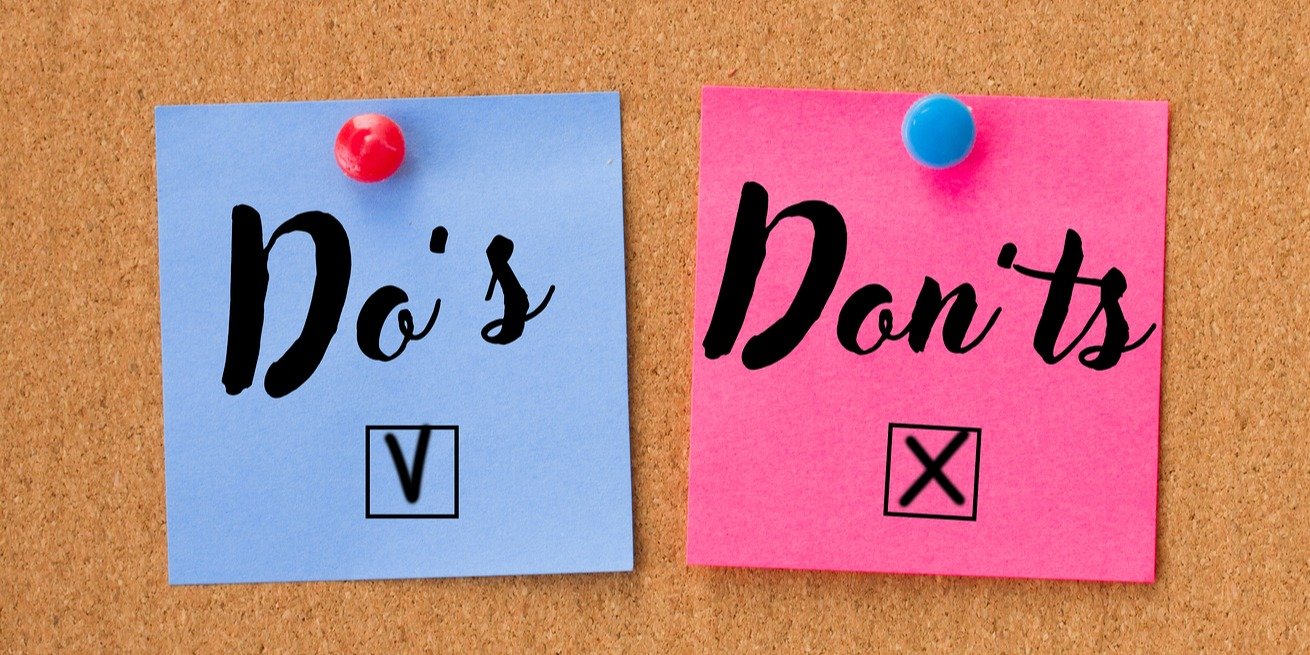
What is normal and not normal for your healthy nails?
What should you do for your nails?
To maintain the best-looking fingernails:
Keep your fingernails tidy and dry. By doing this, bacteria cannot develop under your fingernails.
Split fingernails can be caused by prolonged or frequent contact with water.
When cleaning, washing dishes, or using harsh chemicals, put on rubber gloves with a cotton lining.
Maintain proper nail hygiene.
Use manicure scissors or clippers that are razor-sharp.
Trim your nails straight across, then gently curve the tips. Rub hand lotion into your fingernails and cuticles in addition to your hands.Add a layer of protection.
Applying a nail hardener could make nails stronger.
Consult your physician about biotin.
According to some research the dietary supplement biotin may be able to strengthen fingernails that are brittle or weak.
What should not do for your nails?
Avoid the following to avoid damaging your nails:
Pick at your cuticles or bite your fingernails.
The nail bed may be harmed by these habits.
A cut next to your fingernail, no matter how small, can let bacteria or fungi in and lead to an infection.
Remove hangnails. Live tissue could be torn as well as the hangnail. Hangnails should be carefully removed instead.
Make use of harsh nail care items. Use nail polish remover sparingly. Choose an free nail polish remover when using one.
Ignore issues. Consult your doctor or dermatologist for an evaluation if you have a nail issue that doesn’t seem to go away on its own or is accompanied by other signs and symptoms.
Observations on Manicure and pedicure:
Keep a few things in mind if you depend on manicures and pedicures to maintain healthy-looking nails.
Work only with salons that have a valid state licence on display, and only with technicians who have state board licences.
Avoid having your cuticles cut off because they serve to seal the skin to the nail plate and doing so can cause an infection.
In order to stop the spread of infection, make sure your nail technician thoroughly sterilises all equipment used during your procedure.
You could enquire about how the foot baths are cleaned as well. The filters should ideally be cleaned frequently and a bleach solution used in between clients.
Although it’s easy to ignore your nails,there are as simple things you can do to keep them strong.
9. What are different signs of nails about heath?
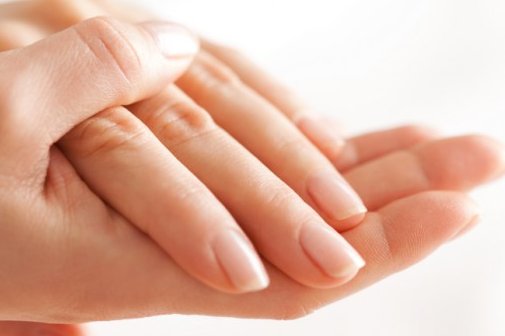
Health and Nails: Know the Symptoms?
Did you know that the health of your nails can provide some insight?
There may be a disease present in the body if there is a hint of whiteness here, a rosy tint there, or some rippling or bumps. Your nails may display signs of liver, lungs, or heart issues. To find out what your nails might be hiding, keep reading.
1. Brittle:
One of the most frequently reported nail issues is having rough, splitting nails that can also crack easily.
You should wear gloves whenever getting your hands wet, such as when doing dishes, because doing so can lead to onychoschizia, the medical term for brittle nails that are typically brought on by repeated wetting and drying of your fingernails.
Brittle nails can occasionally be a symptom of an iron deficiency or hypothyroidism.
The solution: Try putting on gloves and applying lotions with lanolin or alpha hydroxy acids while washing dishes or performing other water-intensive tasks.
2. Soft or weak:
These nails snap or bend before breaking easily.
Overexposure to chemicals or moisture may result in soft nails; consider detergent, cleaning agents, nail treatments, and nail polish remover.
A lack of fatty acids, calcium, iron, or B vitamins may also be linked to weak nails.
The solution: Keep chemicals away from your nails. Give your nails a chance to heal by going natural.
In the absence of a known iron deficiency,advises against taking iron supplements.
Start consuming a multivitamin that contains calcium and B vitamins instead.
3. Peeling:
Most likely, using your nail as a tool, pressing too hard, or removing acrylic nail polish caused external trauma to the nail.
If your hands are left in sudsy water for too long, your nail may also peel.
Is the skin on your toes peeling as well? That will help you determine whether the cause is internal or external.
If so, an internal issue like a lack of iron may be to blame.
Otherwise, it’s likely external.
The solution: Try including foods high in iron in your diet if you believe the problem is internal.
Apply lotion to your nails after engaging in any activity that might dry them out if the cause is external.
Especially if you also notice any other symptoms, consult a doctor if your symptoms persist.
4. Ridges:
Have you ever noticed ridges on your fingernails that resemble tiny horizontal or vertical waves?
Vertical ridges that extend from the tip of your fingernail to the cuticle typically develop later in life.
They typically aren’t a cause for alarm as long as they aren’t accompanied by additional symptoms like colour changes.
Beau’s lines, or horizontal ridges, can indicate kidney disease or another underlying condition.
The solution: To remove vertical ridges, lightly buff the nail’s surface.
Consult a healthcare provider to determine the underlying cause of horizontal lines.
5.Yellow:
Yellow nails are fairly common and are typically brought on by an infection or an adverse reaction to a product you’ve been using, like nail polish.
Rarely, yellow may be an indication of a more serious condition, such as thyroid disorders, psoriasis or diabetes.
The solution: Your new nails should grow in clear once more, but there are many natural remedies, like vitamin E or tea tree oil, to help fight infections.
A multivitamin could be useful in this situation.
If after a few weeks you still don’t feel better, consult a medical expert.
6. Black lines:
Black lines, which can also be brown or dark red resemble splinters and are also referred to as splinter.
They can show up repeatedly.
The trauma to your nail, such as accidentally slamming a door on your finger, is the most likely cause.
Rarely, the lines may be a symptom of a deeper problem, such as psoriasis, endocarditis, or nail melanoma.
If the lines are the result of an injury, they should go away as your nail grows.
But if nothing changes after a few weeks, seek medical attention especially if you experience any other symptoms like swollen or inflamed skin, night sweats, or bleeding under the nail.
7: White spots:
A zinc deficiency may manifest as sporadic white spots on the nails which typically first appear around middle school age.A nail injury, a fungal infection, or an allergic reaction.
The remedy:
Allow the nail to grow by refraining from using polish or other products on your nails. Speak to a medical expert if the spots persist or return.
8:No half moons:
Your nail’s base doesn’t have any half moons.
Most of the time, this is meaningless, and they might simply be concealed beneath your skin.
If they appear to have vanished,it may indicate malnutrition depression.
The remedy:
Normally, not having half moons is nothing to worry about but if they start turning red or vanish after being visible for a while, you should consult a healthcare provider.
10: What are nail abnormalities?
A number of conditions that require medical attention and treatment can be indicated by abnormal nails.
While many nail abnormalities are benign, some are warning signs of diseases.
People should pay attention to all of their body cues rather than just their nails because they are typically not the first signs but rather one of many symptoms.
If you are concerned about any of the following signs of nail abnormalities, talk to a doctor:
Curling or clubbing of the nails, as well as discoloration like dark or white streaks or other colour changes.
Alterations in nail thickness such as thinning or thickening.
Inflammation and pain around the nails as well as redness around the nail separating from the skin fingernails.
People must properly care for their nails in order to avoid nail issues.
Suitable nail care techniques include:
Not biting or tearing your nails.
Avoiding pulling hangnails by trimming them when they are soft after bathing with quality nail clippers or sharp manicure scissors.
Trimming straight nails, gently rounding the tips, and leaving the cuticles alone while maintaining dry clean nails Avoiding longterm use of artificial nails, nail polish removers, and nail polish
Only getting manicures and pedicures performed by licenced nail technicians at licenced salons.
Pay attention to any changes or issues and, if necessary, seek medical help.
The signs and types of abnormalities that are described here are just a few of the many different types of nail abnormalities that a person may experience.
People should seek medical attention to get a diagnosis and treatment for nail abnormalities.
Fungal infection problem:
People can contract fungal infections like tinea, which can affect the fingernails or toenails.
The nail bed itself may become infected if left untreated.
Those with diabetes or weakened immune systems are more susceptible to fungus infections.
Depending on the cause, a fungal nail infection may have the following characteristics:
Taking the nail plate up and away from the nail bed.
Increasing nail plate thickness.Damage to the nail plate.
Streaks of discoloration, usually,odorous discharge that is white, yellow, or green.
The nail plate’s surface is flaking and pitting.
A fungus infection is treated using:
Antifungal products that can be ingested applied topically (directly to the nail) (by mouth).
Your podiatrist will professionally trim, shape, and take care of your toenails.
What are different things your nails said about your health?
A great indicator of your health is the condition of your nails.
There are numerous conditions that can affect the nails and indicate skin or systemic issues.
She advises paying attention to anything that suddenly seems different on or around your fingernails or toenails.
Anything that doesn’t appear to be normal needs to be dealt with. The best thing to do is to visit a doctor as soon as you can.
Here are six illnesses that may also manifest as nail signs.
However, it’s crucial to see your doctor for a diagnosis because they will consider more than just nail symptoms.
1. Stress:
Toenails and fingernails share a close relationship with hair.
The same way that hair may fall out following an illness or a protracted period of stress, so too can nails.
Stress is most often to blame for the lines that develop on your nails.
2. Melanoma:
One of the most frequent complaints dermatologists hear is about nail colour.
Color changes can be benign moles or cancerous,melanomas, and they typically appear in lines that extend from the cuticle to the tip.
Asians and African,are more likely to go through normal ethnic-related changes in pigmentation.
If the skin covering the fingertips under the nail plate or the hard part of the nail starts to turn brown, you should see a dermatologist.
These changes are always more concerning if they only impact one finger as opposed to all of them.
The presence of brown lines that extend into the cuticle might indicate melanoma.
Moles are probably to blame for those that stop at or before the cuticle.
3. Arthritis:
Arthritis may cause small vesicles to form close to or on the cuticles.
These are benign (not cancerous), and a hand surgeon should handle them.
4. Psoriasis:
This typical skin condition can affect the fingernails and toenails in addition to being characterised by scaly, red patches on the skin.
You should see a dermatologist if you have a salmon patch or “oil drop” on your nail, which is a discoloration.
Other signs of psoriasis include the following:
Nicks or pits on the nail plate, the tough portion of the nail that covers the fingertips, are called indentations.
5. Kidney illness:
Multiple nail alterations may be a sign of acute or chronic kidney disease.
Beau’s lines: Acute kidney disease may be indicated by these side-to-side lines.
Rough nails with ridges, also known as koilonychia, can exist in people who have kidney disease.
These nails can indicate inefficiency anaemia because they are frequently spoon-shaped and concave.
Identifiable white streaks and spots on the nails can indicate chronic kidney disease, just like in psoriasis cases.
6. Darier illness:
Darier disease is a rare genetic condition that mostly affects adolescents and causes a skin rash.
It appears as broad, white or reddish stripes that extend from the cuticle to the tip of the fingernail or toenail.
This condition may also be indicated by a Vshaped nick close to the fingertip.
Prevention:
It may not always be possible to prevent underlying conditions that affect your nails, but you can take good care of your nails by drinking plenty of water and eating a healthy diet.
Make sure you’re getting enough zinc and vitamin B because they both help to strengthen your nails.
11: Effects of nail paints on healthy nails?
A woman only needs a facial, manicure, and pedicure to pamper herself after a demanding week of juggling obligations at home and at work.
Your nails come to life with a little top coat and pink nail polish.
Chemical components that are covered up by the pretty colours of your nail polish can be shockingly harmful and pose serious health risks.
The majority of nail care products contain dangerous and toxic ingredients that are silently endangering both your health and the health of those who work in nail salons.
Before choosing between the colour of pink or red nail polish you want to purchase, you should be aware of the effects of the ingredients in nail polish.
In addition to these chemicals, there are numerous other that are common in nail polish removers, gel polishes, and other nail care products as well and that pose a serious health risk.
Healthwise, manicurists and pedicurist pay a steep price.
Numerous health issues, ranging from minor ones like skin irritation, allergic reactions, and others to more serious ones like respiratory issues cancer, and reproductive issues, can be brought on by repeated exposure to toxic nail paints and other nail care products.
Recent research has also demonstrated that exposure to nail care products can impair cognitive function and result in uncontrollable muscle contraction.
1.How long should nails be broken?
It typically takes four to six months for fingernails to fully develop from the cuticle to the tip.
Whether nails are yellowing or have white patches, a three to four week break will typically be enough to allow discoloration to fade.
Take a break from gel nails for at least one week every eight weeks to allow the nails to rehydrate and the underlying structures to heal.
2.Any benefit of nail polish?
It is used to enhance hands, and it enhances the beauty of a woman. It’s crucial to safeguard your health from heat.
While some of the polishes contain vitamins and minerals, none of the harsh chemicals, they do not.
Therefore trim the cuticles and strengthen the nails.
The cuticle oil is applied in the form of a gel, which keeps the skin around the nails supple and healthy.
Addition, it stops the development of fungi and bacteria.
The application of some cuticle oils comes after massage on the nails. As a result, when you massage, your blood flow increases. As a result, the nail’s length and strength both grow quickly.
It can be used by those who have unsightly fingernails as well.Therefore, one should always keep their personal hygiene of the hands.
Daily,kept hands and nails make a great first impression regarding how well you take care of your body.
Although appearances aren’t everything, keep in mind that they frequently contribute to any first impression you make.
People frequently focus on your hands and face first.
People may assume that the rest of your life is equally messy if your nails aren’t kept up.
There are additional justifications for wearing nail polish.
Nail polish can help cover up imperfect or unattractive fingernails or toenails.
For hygienic reasons, you should always keep your nails clean, but nail polish can hide unsightly flaws.
Your nails may be streaked with white because you are deficient in calcium.
3.Is there any importance of nail polish in our daily life?
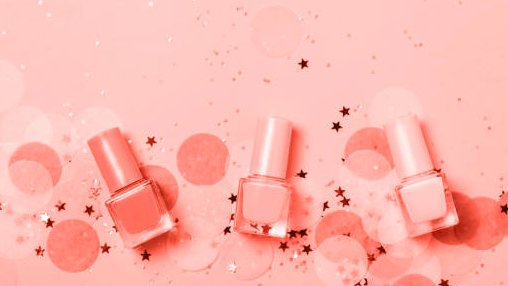
Its main purposes are to strengthen nails, moisture, and promote polish adhesion to the nail.
By avoiding discoloration, it keeps the manicure looking better for longer.By taking care of your nails you can relax.
Your nails will look lovely and elegant and will also be healthy if you give them a manicure and seal it with decent nail polish.
Regularly visiting a spa or beauty salon for a manicure and pedicure is a great idea.
On the other hand, care will give your body, mind, and spirit a wonderful sense of relaxation.
You’ll feel more at ease and assured after getting your nails done. You’re receiving expensive manicure services with hand massages.
You are receiving expensive manicure services that also include hand massage, and a final gel paint coat can help you completely transform your hands.
You’ll also experience a complete release of all tension after receiving a professional manicure.
Enhances the condition of your nails.
Even if you paint your nails purely for aesthetic purposes and to make them look nice, there are a few unnoticed benefits to doing so.
Your hands and nails will benefit from the nail polish’s ingredients. These days, it is possible to find organic nail polish removers that are free of harmful chemicals and contain vitamins and minerals.
They will help to condition and strengthen your nails.
You must clean the cuticles and get rid of any dead skin around the nail before applying the nail paint.
You’ll therefore frequently moisturise your hands and nails as a result.
The skin around the nails will become softer and more supple thanks to the cuticle oil in the nail polish.
They will prevent the growth of fungus and germs, preventing infection when your nail falls off.
Keep your face and hands clean at all times.
Many people scrutinise a person’s face and hands when they first meet them.
People will think well of you if you show them that you care about your physical wellbeing. If your fingernails are imperfect or ugly, you can cover them up.
You may now understand why using nail art is important.
The last thing I’ll say is that you should maintain your beauty nails. Someone can do their nail they are prepare to put a lot of time into it.
At least once, every girl wants to have her nails done.
12. What is nails art ideas for summer 22?
1. Define nail art?
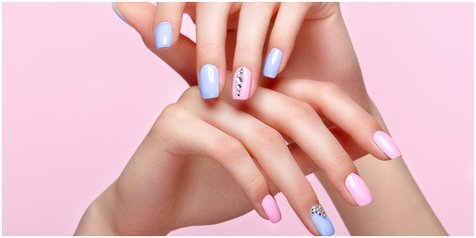
“A creative way to paint, embellish, enhance, and decorate nails is with nail art.”
It is a form of nail art that can be applied to both finger and toenails, typically following manicures or pedicures.
The nails are trimmed, shaped, and polished during manicures and pedicures. Frequently, these procedures soften the skin around the nails and remove the cuticles.
Manicures come in a variety of forms, from polish on natural nails to powder dips and acrylic nails.
The use of makeup on the nails was just expanded!
The newest trend in fashion is nail art, which is sweeping the industry.
The term “nail art” describes the practise of beautifying someone’s nails with a variety of products that are readily available on the market.
Today’s technology enables one to display the designs of one’s choice on their nails.
Nowadays, nails are more than just keratin layers they are the best way to express one’s creativity.
There is no denying that the nail art is becoming more and more popular around the world, in terms of preference and prevalence.
Despite its growing acceptance as a form of artistic expression, nail art is still a woman’s domain.
Men have not embraced it as much.
In addition to being increasingly popular among middle-aged women, nail art is no longer just for trendy teenager and college students. Women in the workforce preferred the brilliant and velvet colors for nails.
2. Nail designs or trends in 22:
Keep yourself informed, especially regarding the most recent nail trends, in order to maintain lovely nail hygiene and to remain fashionable.
We all enjoy spending time at the salon getting our nails done, right?
But when it comes to picking a new colour or a new shape we can never make up our minds.
Fortunately, there are lots of ways to find inspiration from this year’s most popular nail trends.
Our pretty nails will be ready to speak high fashion as soon as we dip them in the appropriate styles and colors.
List of nail designs in summer 22:
10 most popular nail trends in 22:
- Marble nails.
- Minimal nails.
- Velvet nails
- Rhinestone nails.
- Classic red nails.
- Gold foil nail styles.
- Pastel nail color.
- Pink nail color.
- Very peri nails.
- Animal print nails.
“Conclusion“:
A unique type of skin, nails protect our delicate fingers and toes.
We use our hands for almost everything, and we probably use our nails for small tasks, scratching, and a variety of other things.
However, we don’t give nails, hands, and toes the proper attention they require when we deal with them.
Unclean nails can cause a number of diseases and eventually spread germs and bacteria to our mouths without us even realising it.
Nail care is the secret to keeping your fingernails and toenails in good condition.
Many fungal nail infections and skin infections can be avoided with healthy, clean nails.
The majority of people should go to the nearby nail care salon to take care of forgiving nails.
Trim your nails, wash and clean your hands, take a break from them, avoid cutting your cuticles, and keep them moisturised to maintain healthy nails.
Infections or damage to the area around the nail bed are two conditions that can be made worse by nail biting.
It is essential to take care of nails regularly cleaning them.
To keep them clean, soak the hands and feet in warm water and scrub them with a soft brush.
This will stop dirt and germs from getting trapped under the nails and causing infections in the nails.
Personality is expressed through nails.
For every girl, nail polish is a necessary component of an elegant and well-groomed appearance.
They rank among the top accessories and bestselling makeup items. Today, nail art is fashionable.
It serves to assemble polished appearance and represents fashion and creativity.
Your cuticle acts as a barrier to keep out pollutants from the environment, and your nails act as a solid shield to protect your hands as you work with them every day.
Your nails will stay strong so they can do their job if you take regular, professional care of them.

